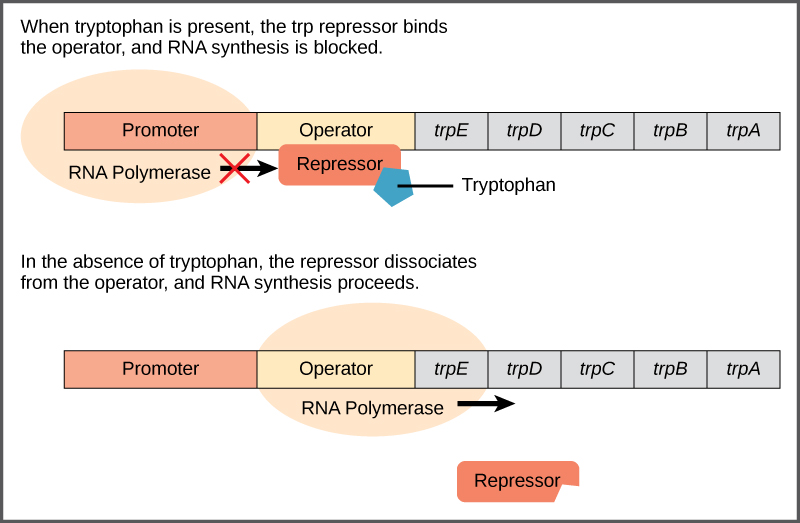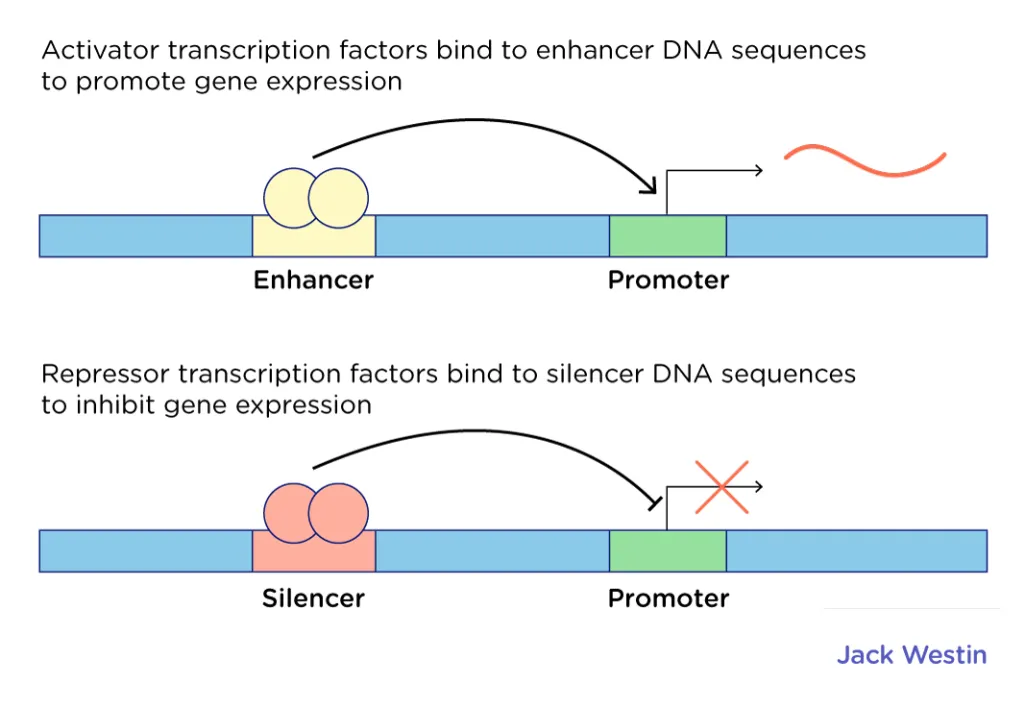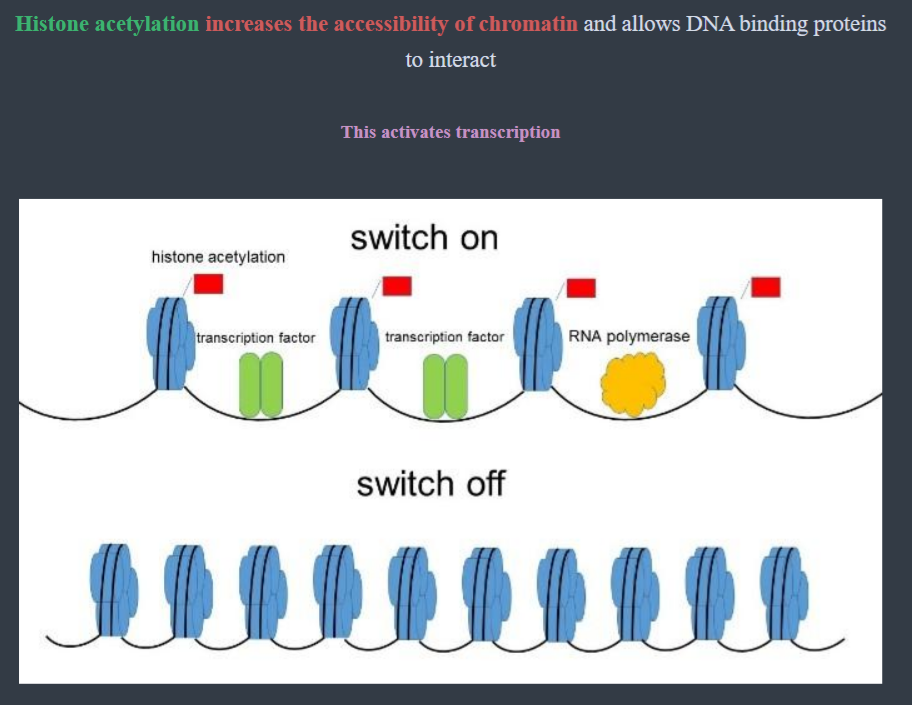DNA Regulation
1) Differentiate between the structure of prokaryotic, eukaryotic, and viral DNA.
Prokaryotic DNA is found in a single circular chromosome,
And sometimes they also have plasmids, which are smaller circular pieces of DNA.
Eukaryotic DNA is linear and found in the nucleus, wrapped around proteins called histones
Viral DNA can take various forms, but is usually linear, and is housed in a protein shell called a capsid. It can either be DNA or RNA
2) Explain how gene expression is controlled in eukaryotic and prokaryotic cells.
In prokaryotes, gene expression is controlled by operons, which are groups of gene containing a single promoter and operator. The promoter is a site where RNA polymerase can bind to begin transcription. The operator is a site where a repressor can bind to prevent transcription.

In eukaryotes, gene expression is controlled in the regulatory region.
This region has two parts, the enhancer region and the silencer region.
To turn the gene on, activator transcription factors bind to the enhancer region
To turn the gene off, repressor transcription factors bind to the silencer region

Eukaryotes can also regulate gene expression via the way DNA is wrapped around the histones
If the DNA does not want to be read, then a methyl group is added in DNA Methylation which causes the DNA to coil around the histone, making the gene unreadable (off)
If the DNA does want to be read, then an acetyl group is added to the histone in Histone Acetylation causing the DNA to unwind, making the gene accessible (on)

Vocabulary:
Prokaryotes: simple, single-celled organisms with no nucleus
Plasmids: small, circular pieces of DNA found in prokaryotic cells
Transformation: process by which a prokaryotic cell takes up foreign DNA from its environment
Recombinant DNA: DNA that has been manipulated to contain genetic material from different sources
Restriction enzymes: enzymes that cut DNA at specific sites
Operons: groups of genes in prokaryotes that are controlled by a single promoter and operator
Promoter: site where RNA polymerase can bind to begin transcription
Operator: site in an operon where a repressor protein can bind to prevent transcription
Repressor: a protein that binds to an operator to prevent transcription
Exons: coding regions of a gene that are transcribed into mRNA
Introns: non-coding regions of a gene that are spliced out of the mRNA before translation
Histones: proteins that DNA wraps around eukaryotes
Histone acetylation: addition of acetyl group to histone causing DNA to unwind (gene on)
DNA methylation: addition of methyl group causing DNA to coil (gene off)
Control elements: regions of DNA that control gene expression
Enhancer regions: regions of DNA that increase gene expression
Silencer regions: regions of DNA that decrease gene expression
Activator TF: a transcription factor that increases gene expression (binds to enhancer)
Repressor TF: a transcription factor that decreases gene expression (binds to silencer)
Lytic cycle: virus builds copies in cell and then bursts out
Lysogenic cycle: virus integrates viral DNA into host DNA → eventually becomes lytic cycle
Capsid: the protein shell of a virus
Transduction: the transfer of genetic material using a virus as a vector
 Knowt
Knowt